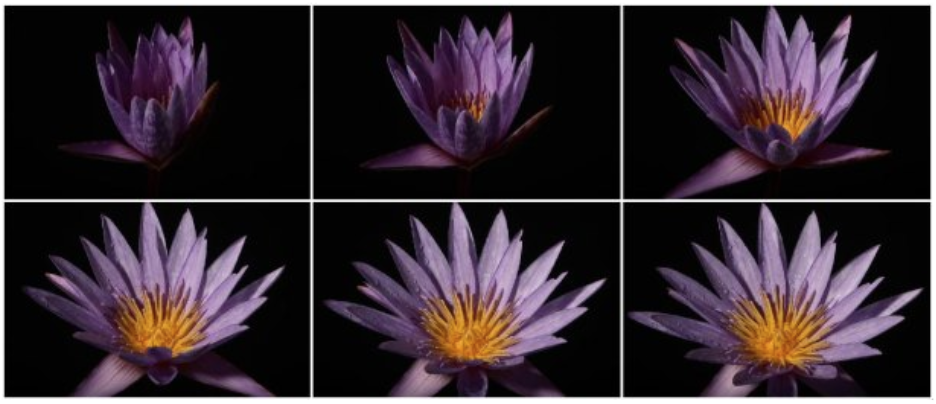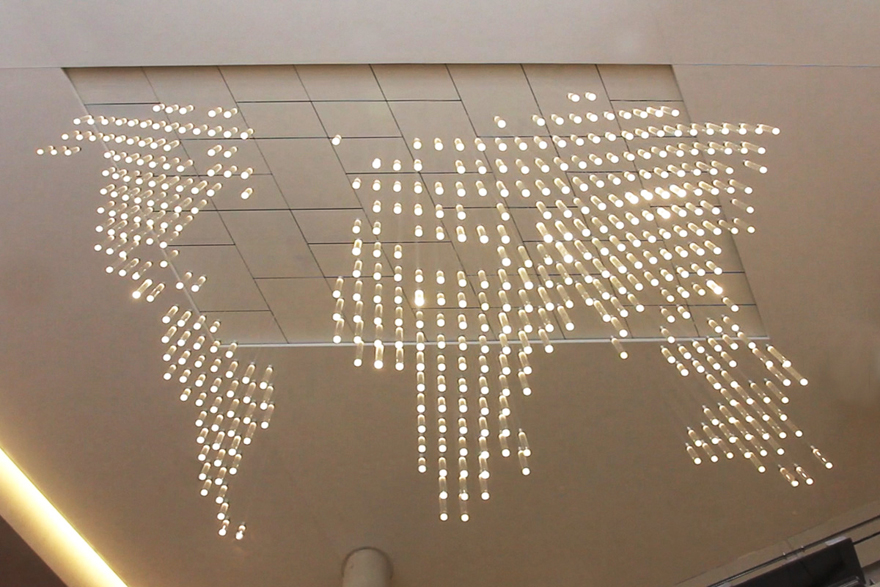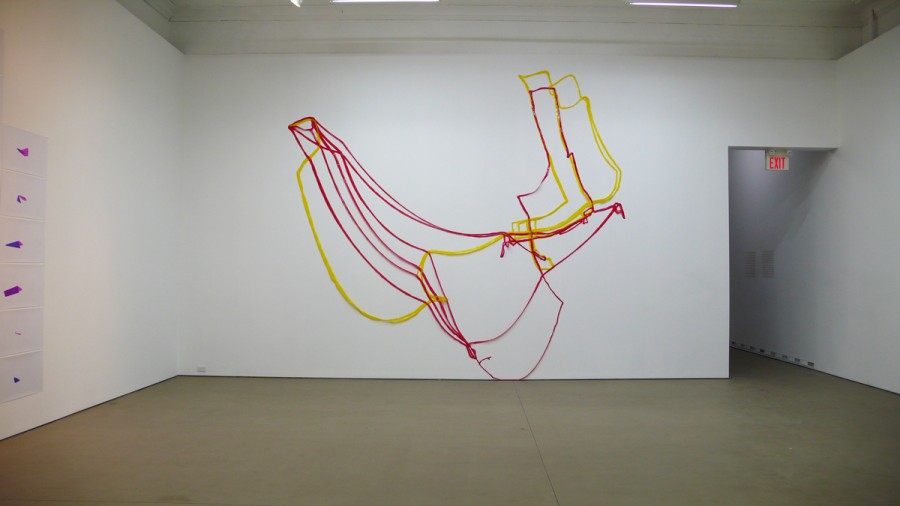Observation:
Nowadays, we are so used to just charging all sorts of electronic devices such as handphones and laptops from the power socket or portable charger. We take electricity for granted and it seems like there is endless power to use. We barely spare a thought about how much electricity we use and how it was generated. How can we, NTU, as a technological university, consider the relationship between technology and nature? How can we find the balance and be sustainable in the future?
Inspiration:
The inspiration came from the phenomenon of flower petals opening and closing. Some flowers bloom at the warmth of twilight and “go to sleep” at dusk. This is a natural behaviour known as nyctinasty. The mechanism behind the phenomenon – In cool air and darkness, the bottom-most petals of certain flowers grow at a faster rate than the upper-most petals, forcing the flowers shut. There are different theories for the reason, one of which suggests that they are conserving energy and preparing for better pollination. This behaviour is highly influenced by light, temperature and its internal clocks.
References: https://www.livescience.com/34569-why-flowers-close-at-night-nyctinasty.html
https://www.proflowers.com/blog/how-do-flowers-open-and-close
Concept 1:
The concept for the installation would be something that makes people more aware of the harvesting and consumption of energy by presenting it in an obvious way. The initial sketch was the form of the lotus flowers, where the leaves with solar panels will harness electricity. When charged, the flower will open and present the user with a power socket. As the energy is used up, the flower will close again.
This design could be placed in a public area in NTU where there is sufficient exposure to sunlight and where students may need to charge their devices. Starting from this idea, more developments could be made. The opening and closing of flowers only might be too obscure. Other possible ways of enhancing the message can be explored. Perhaps there can be a display to show the number of times the flower is charged and used, how long it takes to charge the flower and how long it can supply.
Ideas:
Possible ways that this installation could work is having a bunch of overhanging flower cables where each flower will descend and open up a charging port when it is fully charged. An alternative is making the flowers grow from the ground when fully charged.
Concept 2:
Having had the inspiration of the natural phenomenon – nyctinasty, we want to record down NTU students’ memories through an interactive installation. Memories of other students could be inspiring and motivational and that is what we want to share with other students, alumni and visitors. We took a more technological approach to this concept. There will be a main installation that depicts the map of NTU and flowers will bloom at different spots of the installation where student memories are added. Students will use an app to input their memories.
Ideas:
The installation can either be installed against a wall or an independent art piece. This is an example of a stand-alone installation that shows the map of NTU and flowers blooming at different locations. Viewers can appreciate the installation at all angles and understand the meaning behind the beauty – which are the students’ memories.
This is an example of the installation against a wall situated at NTU North Spine Plaza.
As more memories are added, the flowers at various locations will start to grow bigger.
Some inspirations include a map chandelier by Sosolimited, Hypersonic Engineering & Design, Plebian Design and Chris Parlato.
and MAPS IN DOUBT by Gwen MacGregor and Sandra Rechico.
Feedback:
After consultation, providing power from solar panels may be simple and they don’t really produce the energy. However, cycling or cranking a bar seems a bit too straightforward and in reality, people might just walk away to find a normal power socket.
There need to be something that attracts people to use the installation instead of the normal sockets. For example, the feeling of being green and contributing to a sustainable campus makes people feel good.
Examples: A screen displaying an estimation of how many water bottles are saved when visitors use the water coolers at the zoo instead of purchasing a plastic bottle one.









